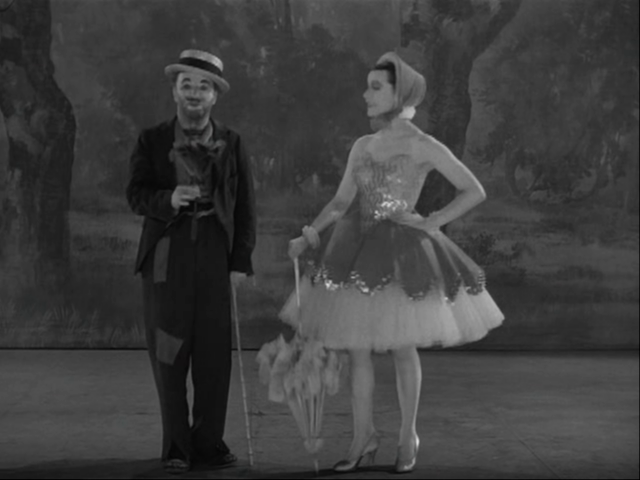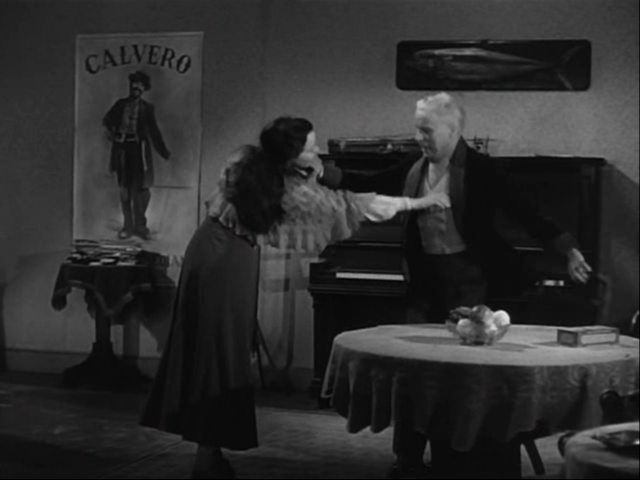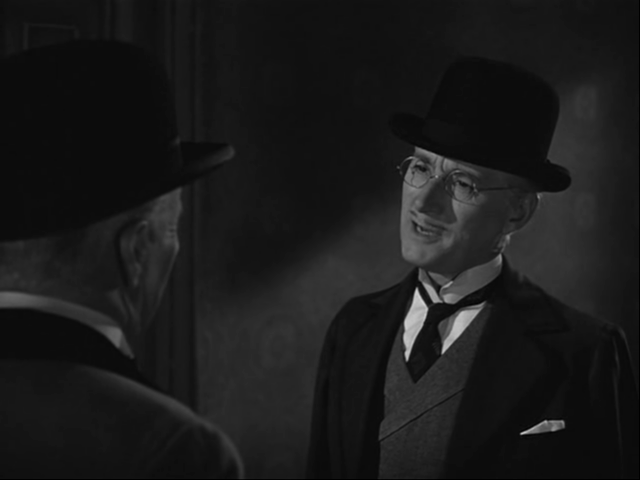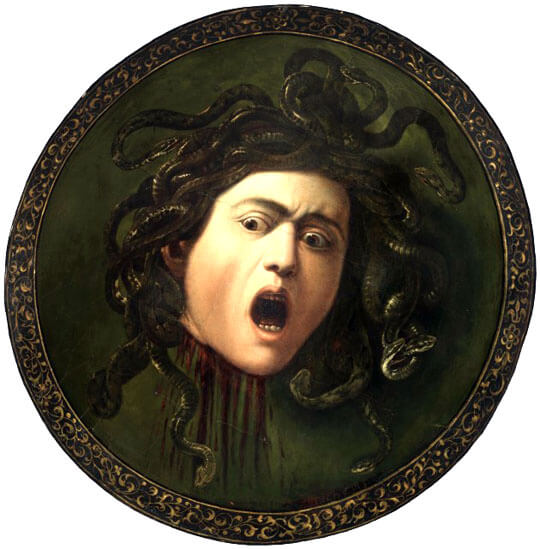
Kracauer compares the film screen with Athena’s polished shield which she gave to Perseus so that he could behead the Gorgon Medusa by seeing the monster’s mirror reflection instead of looking directly, which would have turned him to stone. The moral which he draws from the myth is that we do not, and cannot, see actual horrors because they paralyse us with blinding fear, and that we shall know what they look like only by watching images of them which reproduce their true appearance. He concludes that perhaps Perseus’ greatest achievement was not to cut off Medusa’s head but to overcome his fears and look at its reflection in the field. Indian cinema is no Perseus, nor is its shield polished enough to reflect the Indian Medusa.
Among those few fighters who are trying to liberate the film from those bonds that hamper its growth is Michael Powell. Recently he wrote in ‘The British Film Yearbook’: ‘The truthful summation of the creators’ knowledge and understanding of their art, their available technical skill, their materials, their honest thinking and a desire to entertain, will smash the whole of the solidified process which grinds out films from a false basis; and this welcome burst will bring the end of the dark ages of film making…’
Stage life, with its night work, its daytime sleep, its irregular meals, its travelling and close contact, does not make for a natural existence and throws a so-called glamor over many people. Contrast its possibilities with those of the picture studio. In the latter place work is done in regular office hours–daylight work; no glamor of night, of orchestra, of artificial light. A player is located in one neighborhood and is recognized as a permanent and respectable citizen. Evenings can be spent at home, and the normal healthiness of one’s own fireside is an atmosphere conducive to refining influences. Healthy outdoor work and a permanent circle of friends make for a sane and non-precarious existence. The restlessness and loneliness of a life of travel is… eliminated.
He is sitting in a bulky chair that is on top of two dictionaries. He is drawing. He is drawing a big grey-and-white seagull. The bird’s head is facing towards the right, in profile. The wavy line dividing the two parts of its curved, pointed bill can be distinguished, as well as the pattern of feathers on its tail and along the edge of its wing, and even the overlapping scales down the length of its leg. Yet it seems as if something is missing.
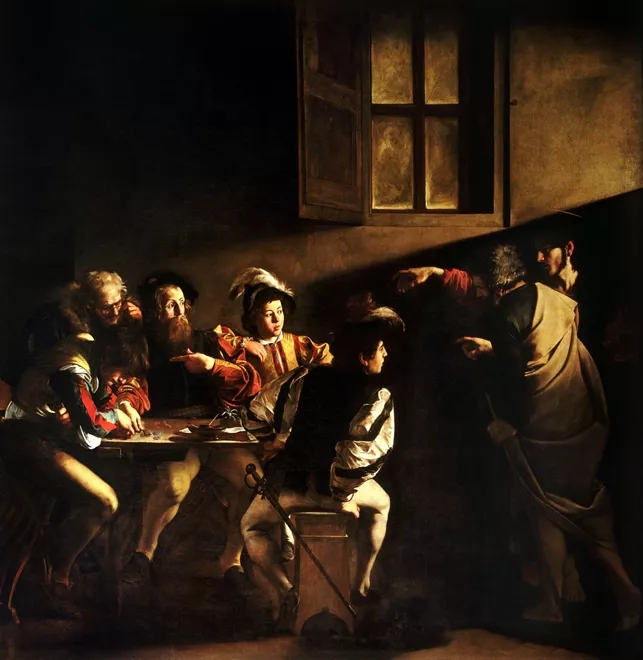
Captain Ben followed his pointing finger, he seemed to be willing the vanishing tracks to reappear. Finally he said, ‘There’s no dog here. Don’t keep one. I’ve been gone since noon seein’ about borrowin’ the use of a tractor for a couple of days. I didn’t leave any dishes and I didn’t see any dog. That’s got me beat.’
‘This is a design much used by smugglers until a couple of years ago. Now it is suspect – an encumbrance, and embarrassment for honest travellers because it invites suspicion. The secret has been discovered – circulated to every Customs officer in the land. I am not suggesting your departed friend used this device for anything but the most prudent of purposes – the protection, the concealment of valuables.’
ANN BLACK SMITH: The dollhouse of Dickie Dell was just wonderful. We couldn’t play in it unless we were invited, and we weren’t invited very often. You could look, but not touch. Everything was in miniature, and it was all done beautifully, decorated with silk bedspreads and silver crystal. It really was quite a thing, a dream, a kind of Hansel and Gretel house, with a swooping roof. You could stand up in it, even if you were a grown-up.
Seven passages from seven page seventeens in seven books I own. Mine, all mine!
My response to Tony Scott’s DOMINO will be posted tomorrow. At least it’s written now.
The Context: A Social Cultural Anatomy by Raghunath Raina, from Indian Cinema Superbazaar edited by Aruna Vasudev & Philippe Lenglet; Art & Design in the British Film by Edward Carrick; Motion Picture magazine, Feb 1915, quoted in Charlie Chaplin and his Times by Kenneth S. Lynn; The Voyeur by Alain Robbe-Grillet; The Mystery of Rabbit Run by Jack Bechdolt, from Alfred Hitchock’s Haunted Houseful; Mr Campion’s Falcon by Youngman Carter; West of Eden: An American Place by Jean Stein.
